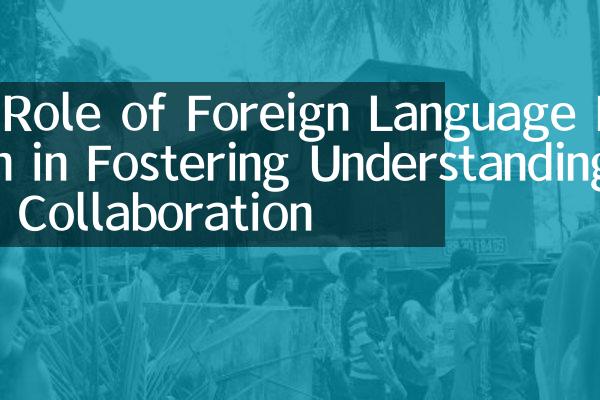Understanding Loan Forgiveness: A Comprehensive Guide to Student Debt Relief Options
#### What is Loan Forgiveness?Loan forgiveness refers to the cancellation of a borrower's obligation to repay some or all of their student loan debt. This p……
#### What is Loan Forgiveness?
Loan forgiveness refers to the cancellation of a borrower's obligation to repay some or all of their student loan debt. This process can provide significant financial relief to individuals burdened by educational loans, allowing them to focus on other financial responsibilities or personal goals.
#### Types of Loan Forgiveness Programs
There are several types of loan forgiveness programs available, each designed to assist specific groups of borrowers. These programs vary in eligibility requirements, benefits, and application processes.
1. **Public Service Loan Forgiveness (PSLF)**: This program is aimed at individuals who work in public service jobs. After making 120 qualifying monthly payments under a qualifying repayment plan while working full-time for a qualifying employer, borrowers may have the remaining balance of their Direct Loans forgiven.
2. **Teacher Loan Forgiveness**: Teachers who work in low-income schools or educational service agencies may qualify for forgiveness of up to $17,500 on their Direct or Stafford Loans after five consecutive years of teaching.
3. **Income-Driven Repayment (IDR) Forgiveness**: Borrowers enrolled in an IDR plan may have their remaining loan balance forgiven after 20 or 25 years of qualifying payments.
4. **State-Specific Programs**: Many states offer their own loan forgiveness programs for residents who work in high-demand fields or underserved areas, such as healthcare or education.

#### Eligibility Criteria for Loan Forgiveness
Eligibility for loan forgiveness varies by program but generally includes factors such as the type of loan, repayment plan, employment status, and length of service. For example, to qualify for PSLF, borrowers must have Direct Loans and make payments under a qualifying repayment plan.
It’s essential for borrowers to maintain accurate records of their payments and employment to ensure they meet the program's requirements.
#### The Application Process
Applying for loan forgiveness can be a complex process. Here are some general steps borrowers should follow:
1. **Research Programs**: Identify which loan forgiveness programs you may qualify for based on your employment, loan type, and repayment plan.

2. **Gather Documentation**: Collect necessary documents, including proof of employment, loan statements, and payment records.
3. **Complete the Application**: Fill out the required application forms for the specific loan forgiveness program you are applying for. This may include the PSLF form or the Teacher Loan Forgiveness application.
4. **Submit Your Application**: Follow the submission guidelines carefully, ensuring all required documentation is included.
5. **Follow Up**: After submitting your application, monitor its status and respond promptly to any requests for additional information.
#### Common Challenges and Tips for Success
Many borrowers face challenges when navigating the loan forgiveness process. Common issues include:

- **Misunderstanding Eligibility**: Many borrowers are unaware of the specific requirements for each program. Thorough research and consultation with financial advisors can help clarify these requirements.
- **Incomplete Documentation**: Missing or incorrect documentation can delay the application process. Keeping organized records and double-checking submissions can mitigate this issue.
- **Changing Regulations**: Loan forgiveness programs are subject to change. Staying informed about current regulations and updates can help borrowers adapt to any new requirements.
#### Conclusion
Loan forgiveness can be a valuable tool for borrowers seeking relief from student debt. Understanding the various programs available, eligibility criteria, and the application process is essential for maximizing the benefits of loan forgiveness. By staying informed and organized, borrowers can navigate this complex landscape and work towards a debt-free future.